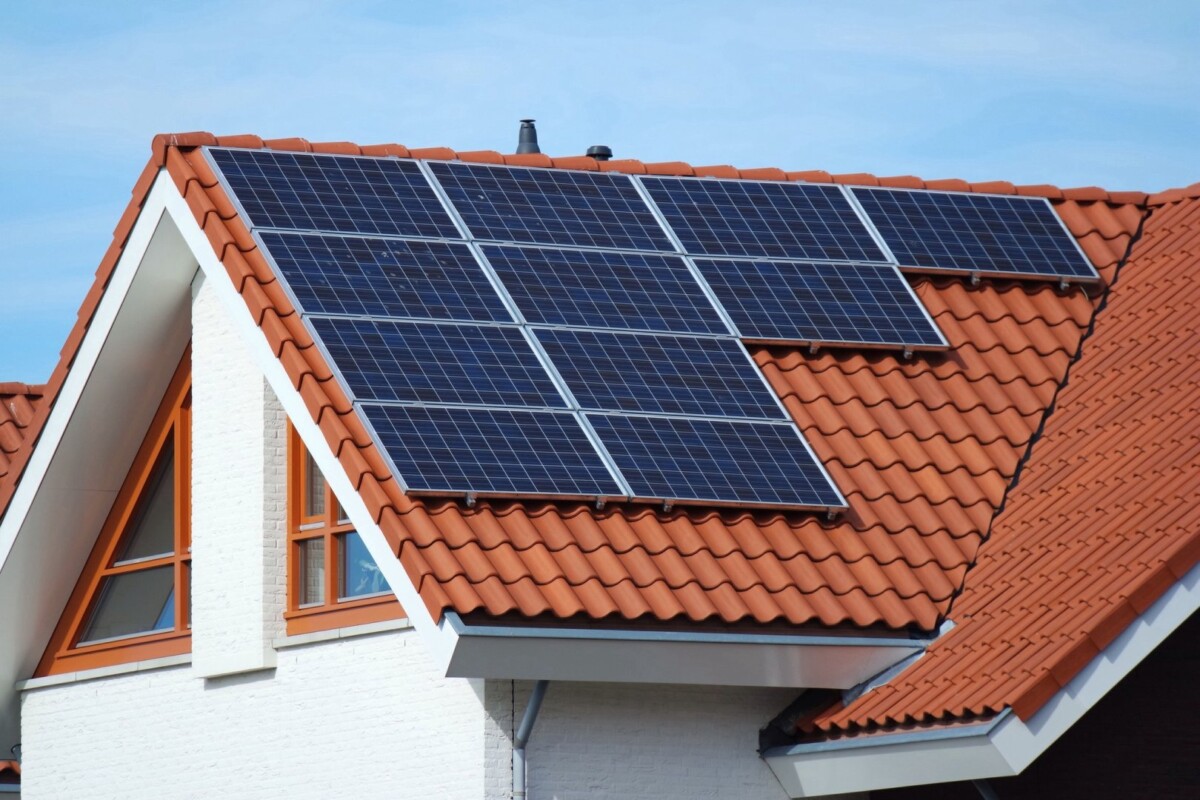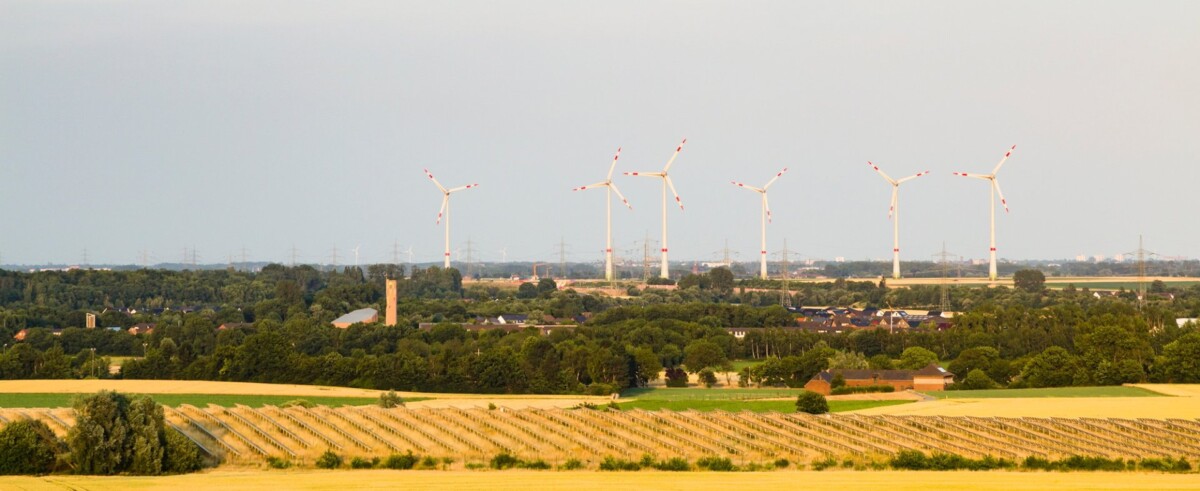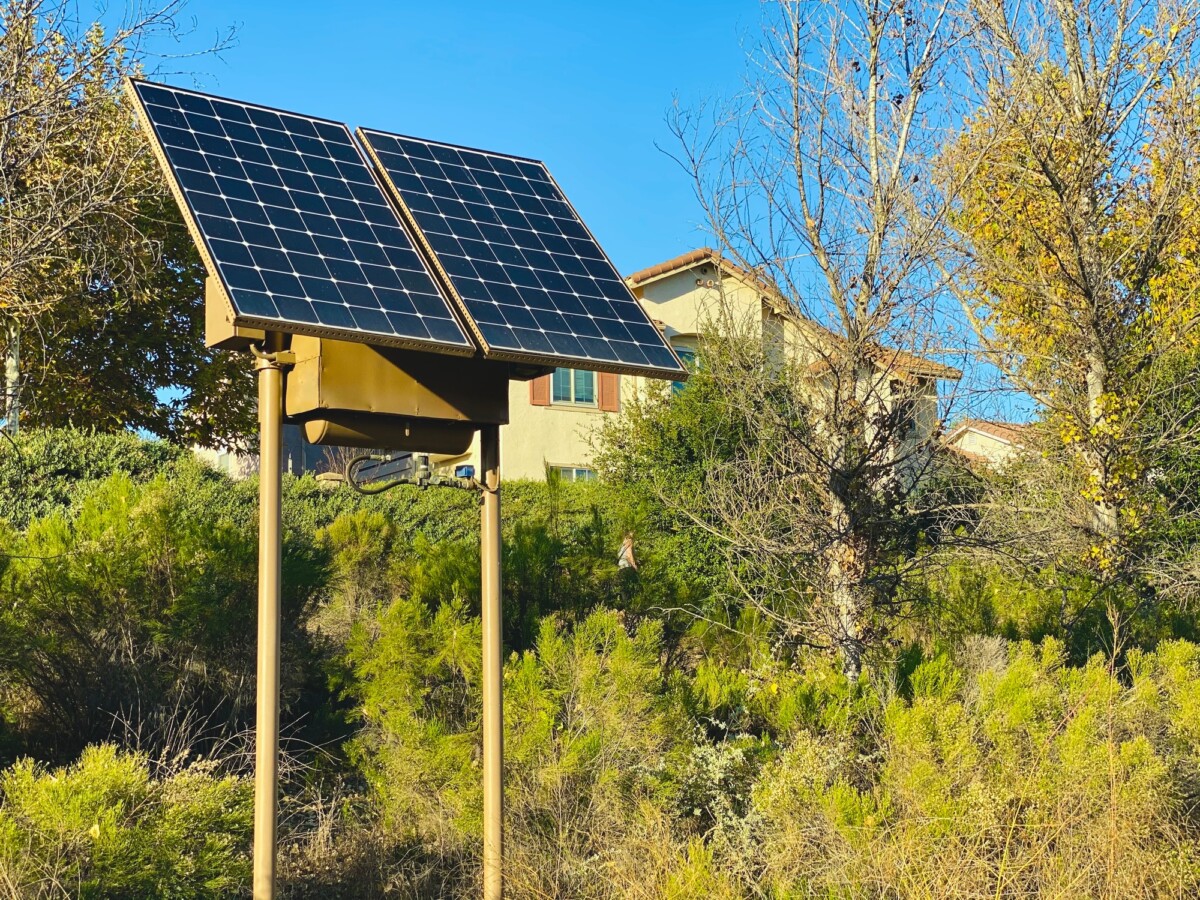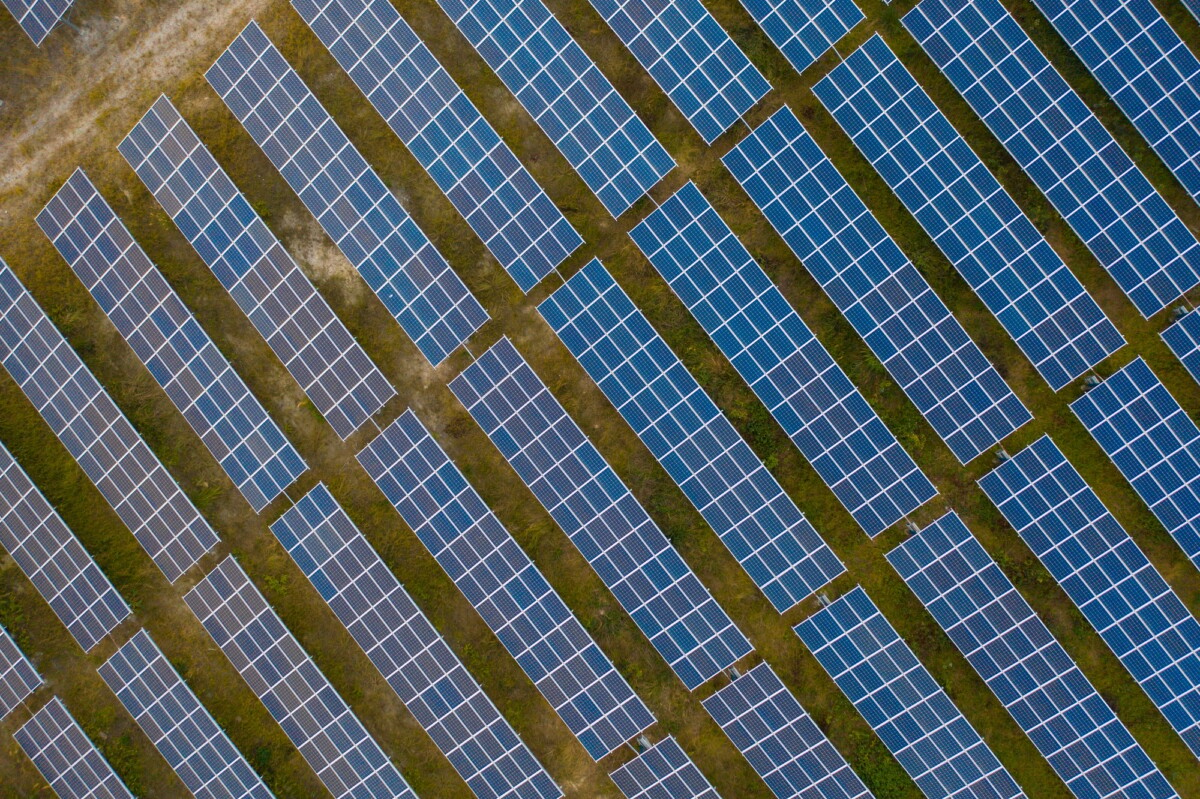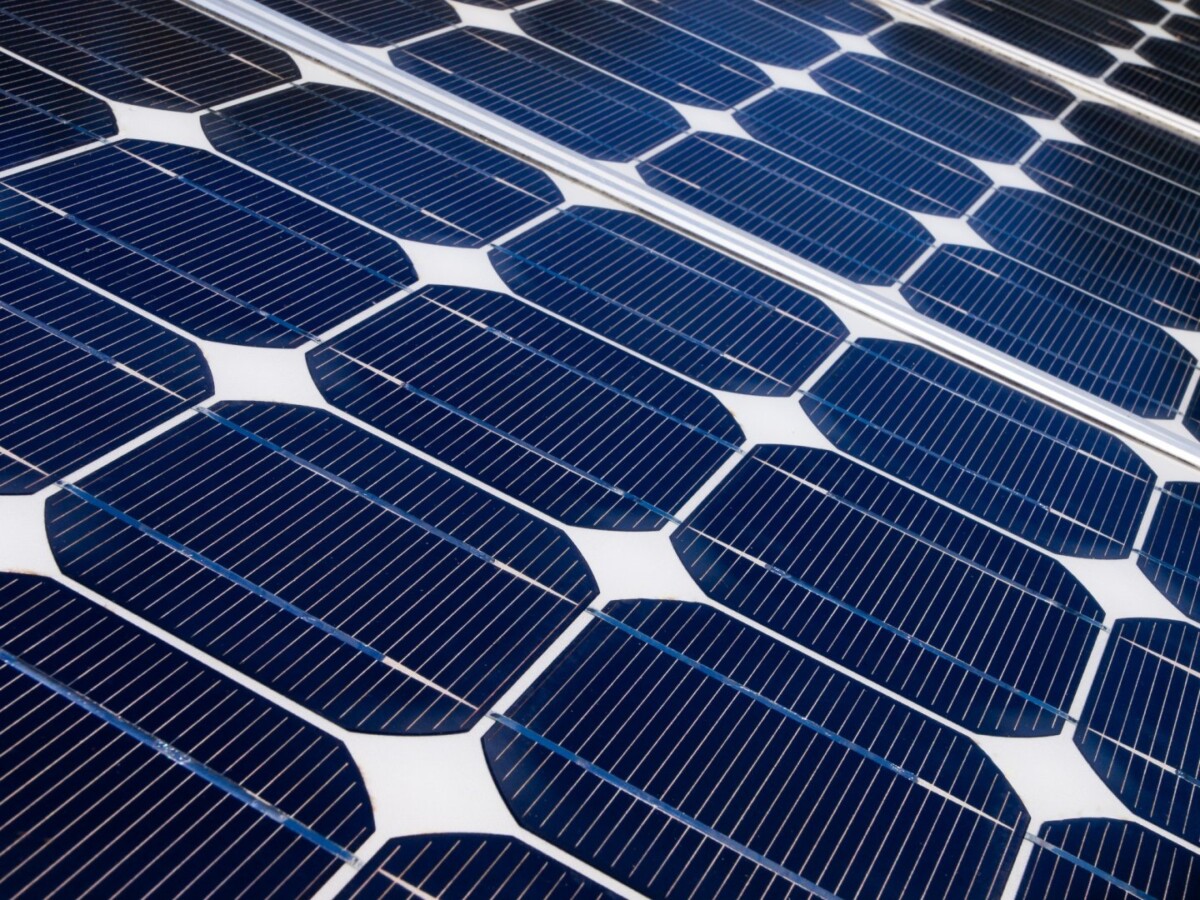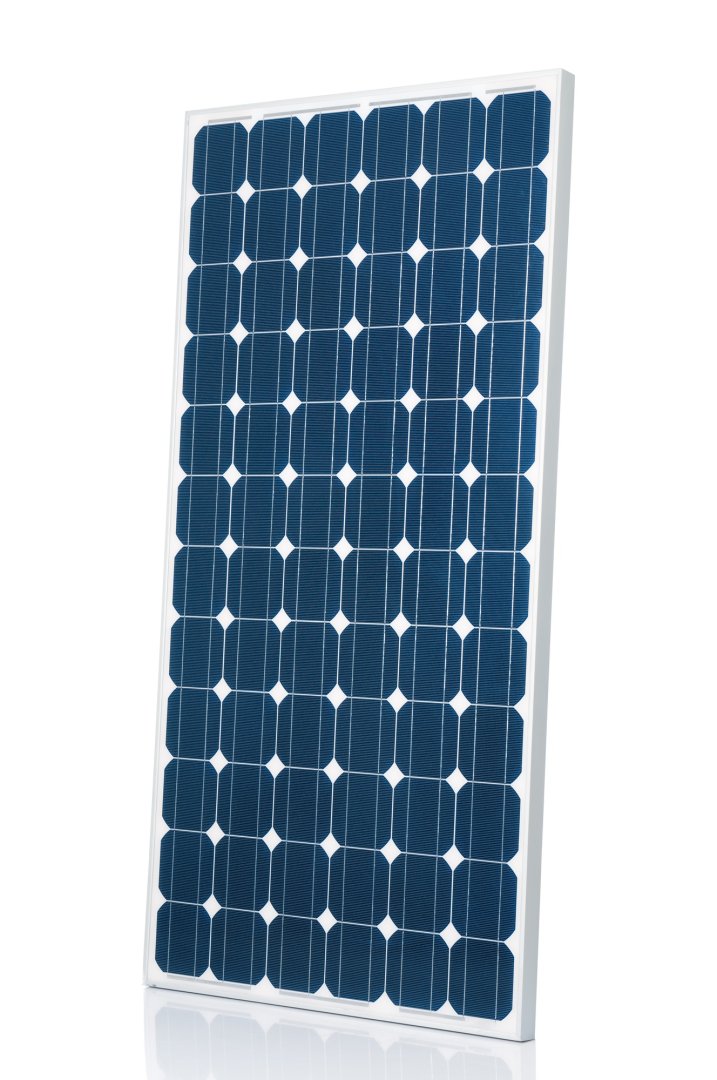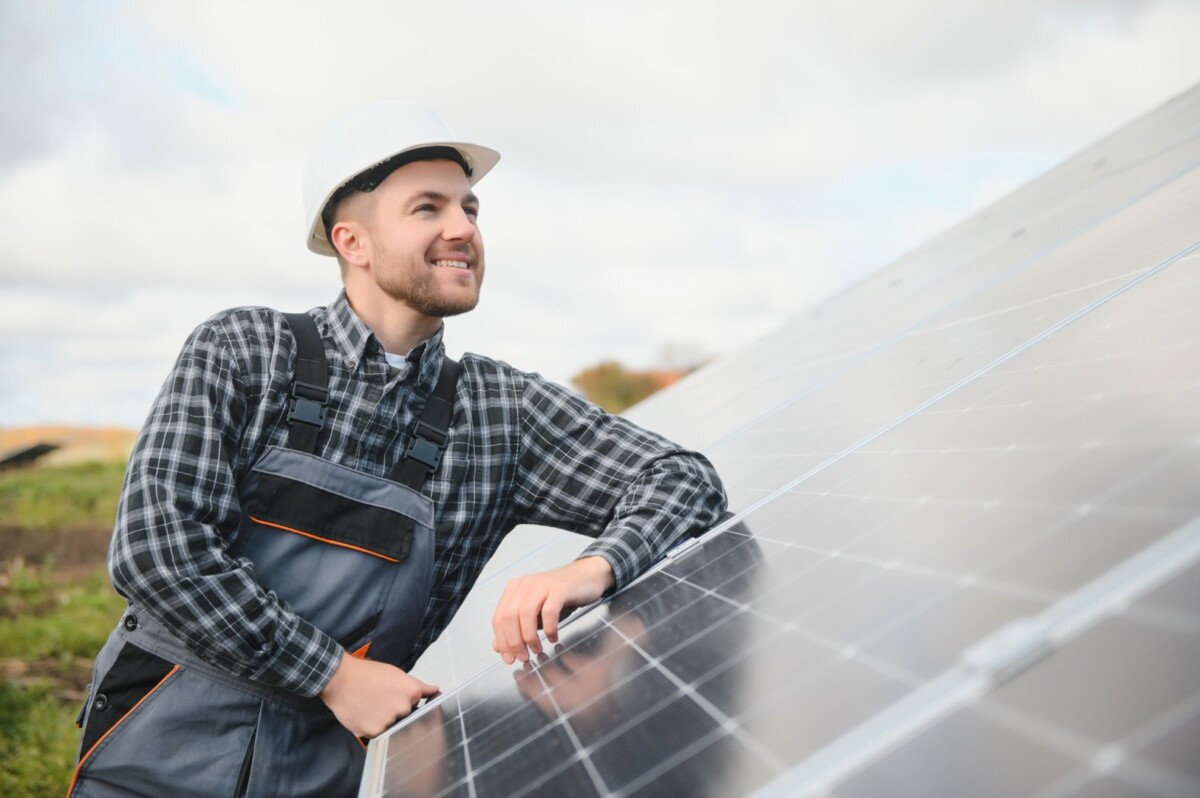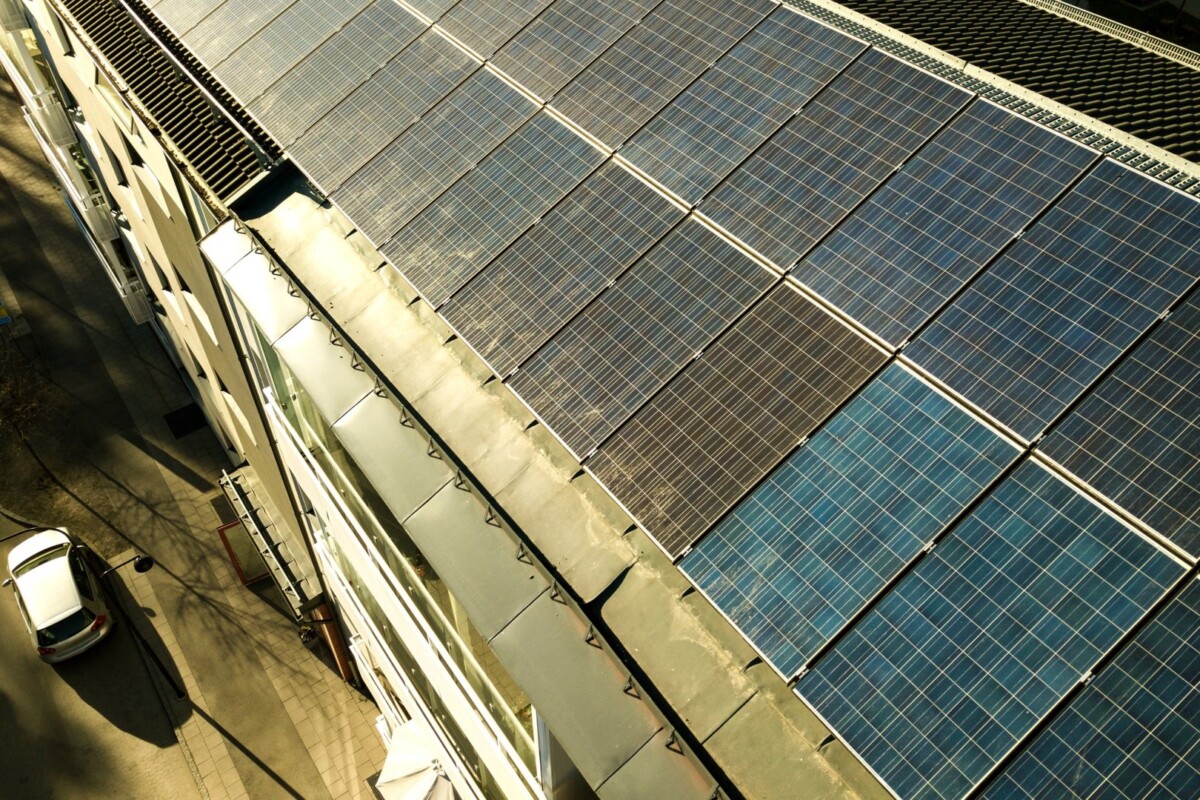Energy Transformation In A Solar Panel is the process of converting sunlight into electricity using photovoltaic cells. This transformation is key to harnessing solar power efficiently.
Delve into the science of energy transformation in a solar panel, where sunlight is converted into electricity through photovoltaic cells. Learn how this process supports sustainable living and reduces carbon footprints.
Do Solar Panels Work In Winter? Yes, they do! Solar panels capture sunlight, not heat, making them effective even in cold weather. Learn how to maximize efficiency.
Do Solar Panels Use Heat? Solar panels convert sunlight, not heat, into electricity. They work efficiently in cooler climates, as excessive heat can reduce their efficiency.
Do Solar Panels Generate Heat? Yes, but it's minimal compared to their energy output. Understanding this helps optimize efficiency and maximize solar energy benefits.
Are Solar Panels Worth It In Texas? With abundant sunshine and financial incentives, solar panels offer significant savings and environmental benefits for Texans.
Bifacial Vs Monocrystalline panels each offer unique benefits. Bifacial panels excel in reflective environments, while monocrystalline panels are ideal for limited spaces.
Explore the Best Solar Panels For Cold Climates, designed for efficiency in low temperatures. Learn how snow enhances performance and select the right panels for optimal energy.
Amorphous Photovoltaic Panels offer a flexible, cost-effective solar solution. Their lightweight design and efficiency in low-light conditions make them ideal for diverse applications.
Discover the distinctions between photovoltaic panels and solar panels. Understand their unique roles in harnessing solar energy for electricity and heating.
Energy Transformation In A Solar Panel is the process of converting sunlight into electricity using photovoltaic cells. This transformation is key to harnessing solar power efficiently.
Delve into the science of energy transformation in a solar panel, where sunlight is converted into electricity through photovoltaic cells. Learn how this process supports sustainable living and reduces carbon footprints.
Do Solar Panels Work In Winter? Yes, they do! Solar panels capture sunlight, not heat, making them effective even in cold weather. Learn how to maximize efficiency.
Do Solar Panels Use Heat? Solar panels convert sunlight, not heat, into electricity. They work efficiently in cooler climates, as excessive heat can reduce their efficiency.
Do Solar Panels Generate Heat? Yes, but it's minimal compared to their energy output. Understanding this helps optimize efficiency and maximize solar energy benefits.
Are Solar Panels Worth It In Texas? With abundant sunshine and financial incentives, solar panels offer significant savings and environmental benefits for Texans.
Bifacial Vs Monocrystalline panels each offer unique benefits. Bifacial panels excel in reflective environments, while monocrystalline panels are ideal for limited spaces.
Explore the Best Solar Panels For Cold Climates, designed for efficiency in low temperatures. Learn how snow enhances performance and select the right panels for optimal energy.
Amorphous Photovoltaic Panels offer a flexible, cost-effective solar solution. Their lightweight design and efficiency in low-light conditions make them ideal for diverse applications.
Discover the distinctions between photovoltaic panels and solar panels. Understand their unique roles in harnessing solar energy for electricity and heating.

